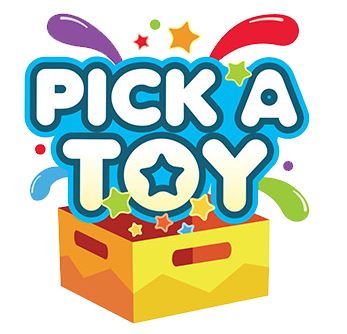Title: Montessori and Waldorf-Inspired Toys: Learning through Hands-On Play
Introduction
Montessori and Waldorf educational philosophies prioritize experiential learning and hands-on play to foster a child's cognitive, emotional, and social development. Both approaches emphasize the importance of engaging, open-ended toys that stimulate a child's creativity and problem-solving abilities. In this blog, we will explore Montessori and Waldorf-inspired toys and their role in promoting learning through hands-on play.
Montessori-Inspired Toys
The Montessori method, developed by Dr. Maria Montessori, emphasizes self-directed learning and the use of carefully designed educational materials. Montessori-inspired toys often share the following characteristics:
Sensory Materials:
Montessori materials focus on engaging the senses to promote exploration and learning. Items like wooden stacking toys, textured puzzles, or sensory bins with natural materials allow children to refine their sensory perception.
Simple and Natural Materials:
Montessori toys are often made from natural materials like wood, metal, or fabric. These materials offer tactile and visual appeal while encouraging a connection to the natural world.
Open-Ended Play:
Montessori toys encourage open-ended play, where children can explore, experiment, and create without specific rules or outcomes. Building blocks, nesting cups, and shape sorters are prime examples.
Fine Motor Skill Development:
Montessori toys often include activities that help children refine their fine motor skills, such as puzzles with small pieces, threading beads, or pouring and transferring tasks.
Practical Life Skills:
Montessori-inspired toys sometimes mirror real-life tasks, like miniature brooms, watering cans, or kitchen utensils. These toys allow children to mimic daily activities and develop practical life skills.
Waldorf-Inspired Toys
The Waldorf education philosophy, founded by Rudolf Steiner, places a strong emphasis on imaginative, open-ended play and nurturing a child's connection to nature. Waldorf-inspired toys share the following characteristics:
Natural and Organic Materials:
Waldorf toys prioritize natural and organic materials, such as wooden blocks, cloth dolls, and felt animals. These materials are chosen for their sensory appeal and connection to nature.
Simple and Unpainted:
Waldorf toys are typically unpainted or have minimal decoration. This allows children to use their imaginations fully when engaging with the toys.
Open-Ended and Storytelling-Focused:
Many Waldorf-inspired toys are designed to encourage storytelling and imaginative play. Items like Waldorf dolls, treehouse playsets, and animal figurines provide ample opportunities for children to create their narratives.
Whimsical and Soft:
Soft and whimsical toys like gnomes, fairies, and felt playmats are commonly found in Waldorf-inspired play. These toys invite children into a world of magical and imaginative play.
Balanced and Age-Appropriate:
Waldorf education places an emphasis on age-appropriate play. Toys are carefully selected to align with a child's developmental stage, ensuring that they provide both challenge and enjoyment.
Conclusion
Montessori and Waldorf-inspired toys prioritize the principles of hands-on, open-ended play, encouraging children to learn through exploration, creativity, and imagination. These toys promote cognitive development, fine motor skills, and a sense of connection to the natural world. Whether you lean towards Montessori or Waldorf-inspired toys, both philosophies celebrate the power of play in fostering a child's holistic development. By introducing these types of toys into your child's playtime, you can support their growth while nurturing their natural curiosity and creativity.
